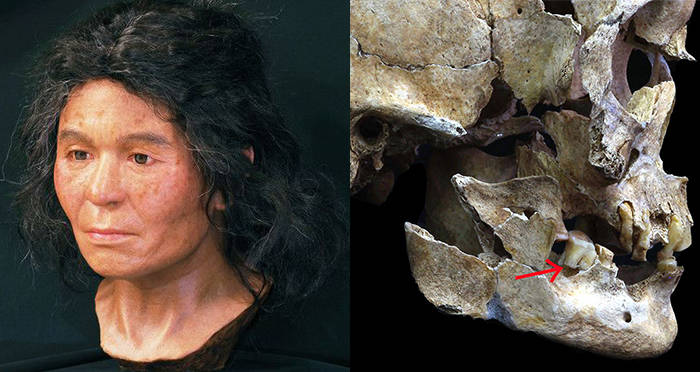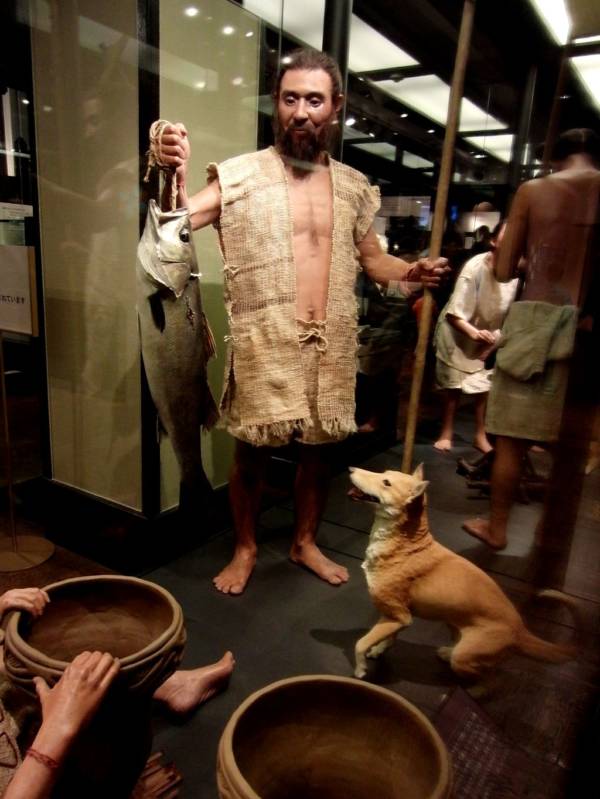“Unearthing the Past: A 3,600-Year-Old Woman’s Face Revealed from Just a Single Molar!”
In addition to eating fatty foods, the Jomōn also collected fruits, nuts, acorns, and mollusks from the Pacific waters. The culture was heavily engaged in rituals and ceremonies with the burial of infants in large jars being commonplace.
It was also standard practice to leave offerings and ornaments in graves. The group’s pottery work often depicted pregnant women, which is believed to have been done in the hopes of increasing the culture’s fertility.
Unfortunately for the teenage boys of the group, ritualistic teeth-pulling was done when they visibly entered puberty. The reasons for this are yet entirely known, but with informative discoveries like this latest DNA-based endeavor, a revelation may be close at hand.
Next up, read about the ancient ruins older than the pyramids discovered in Canada. Then, learn about researchers finding the oldest-ever bracelet alongside an extinct human species.



















